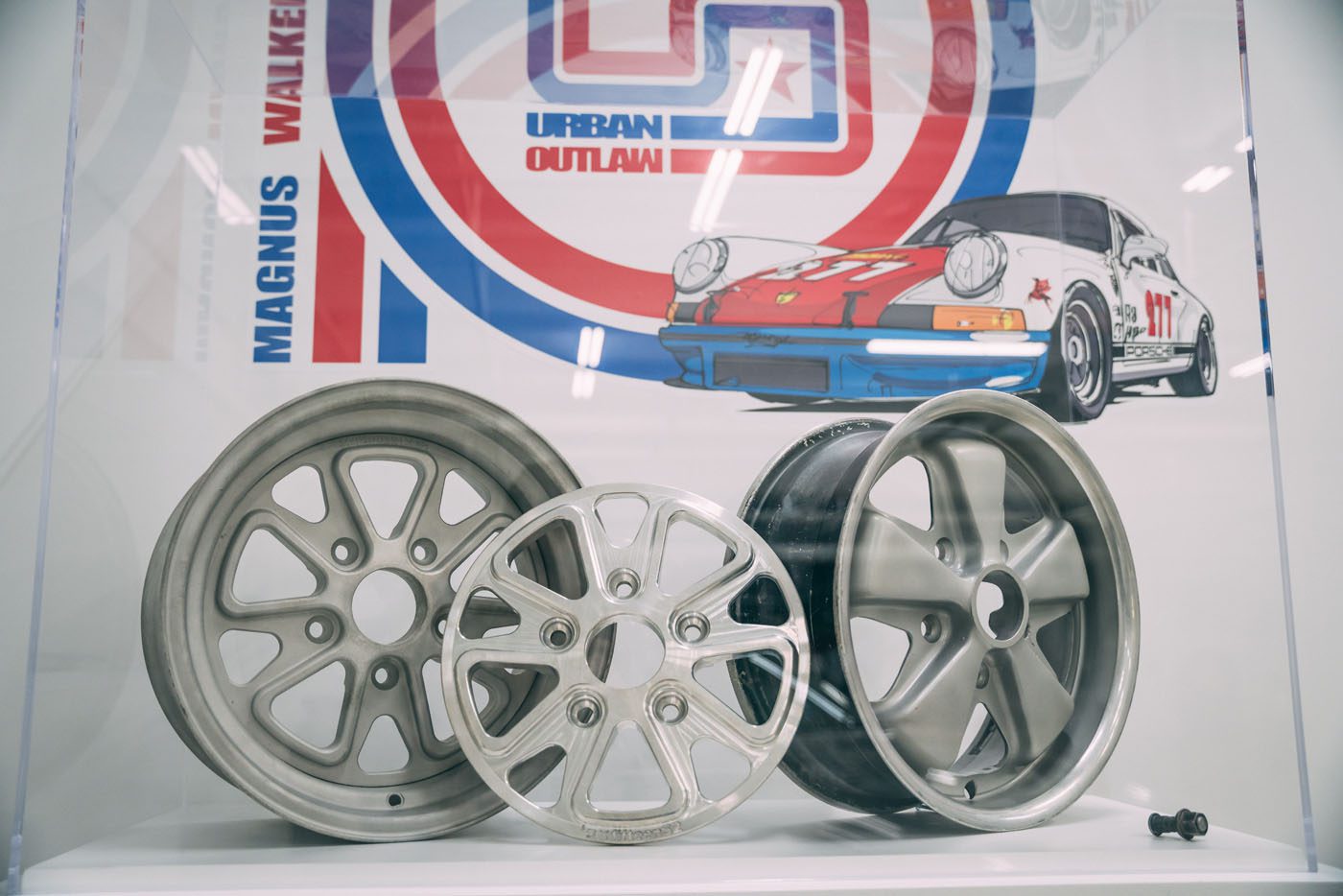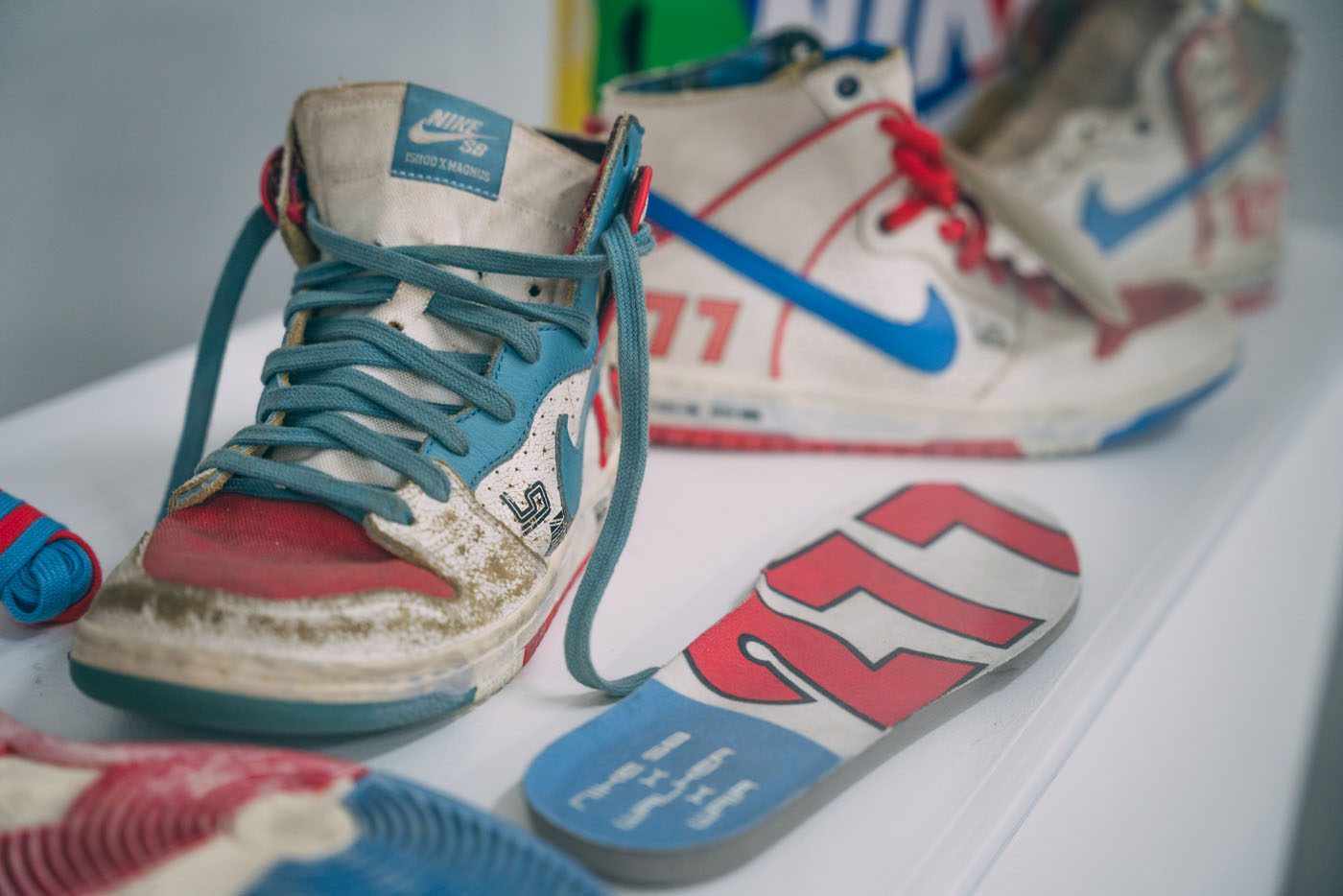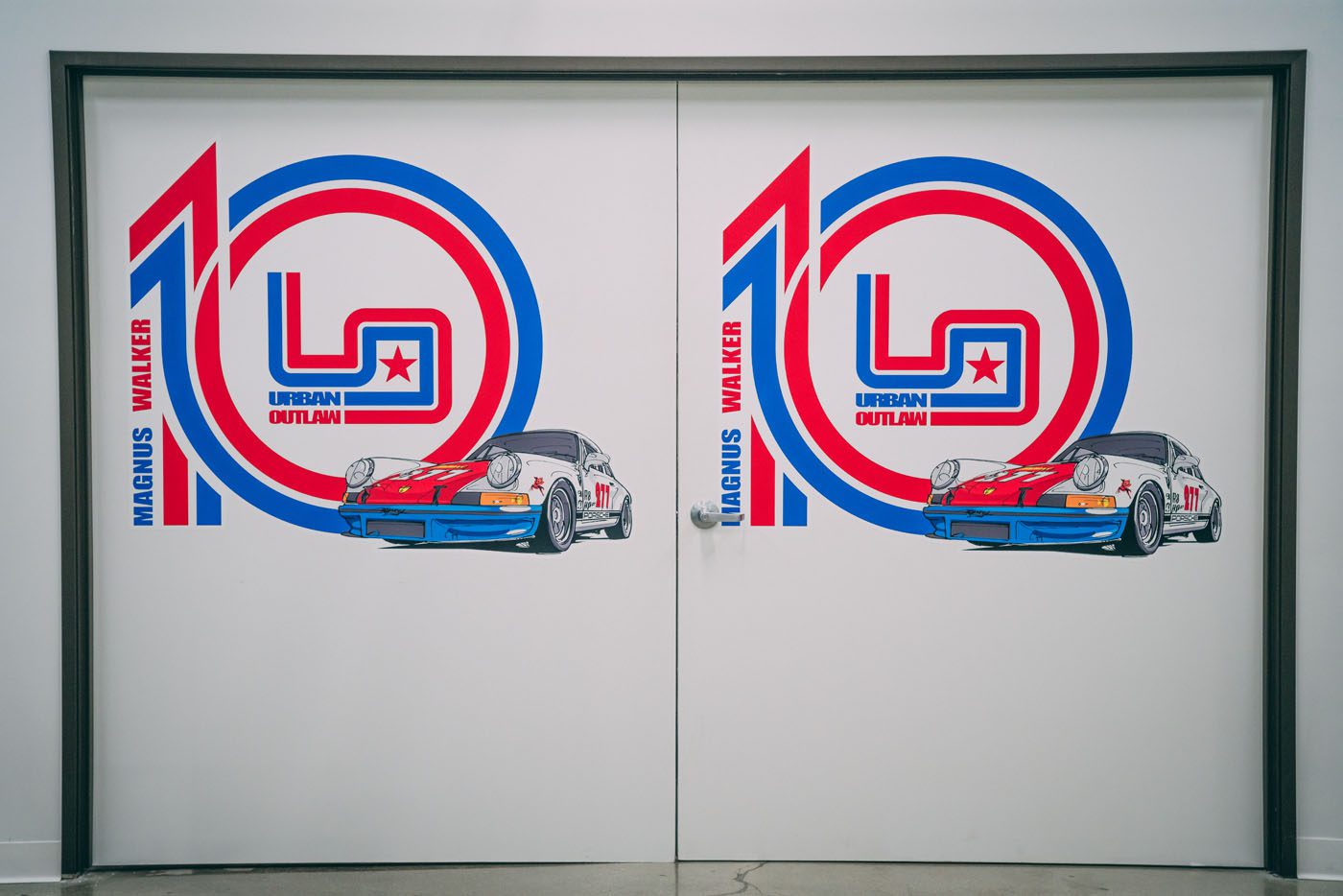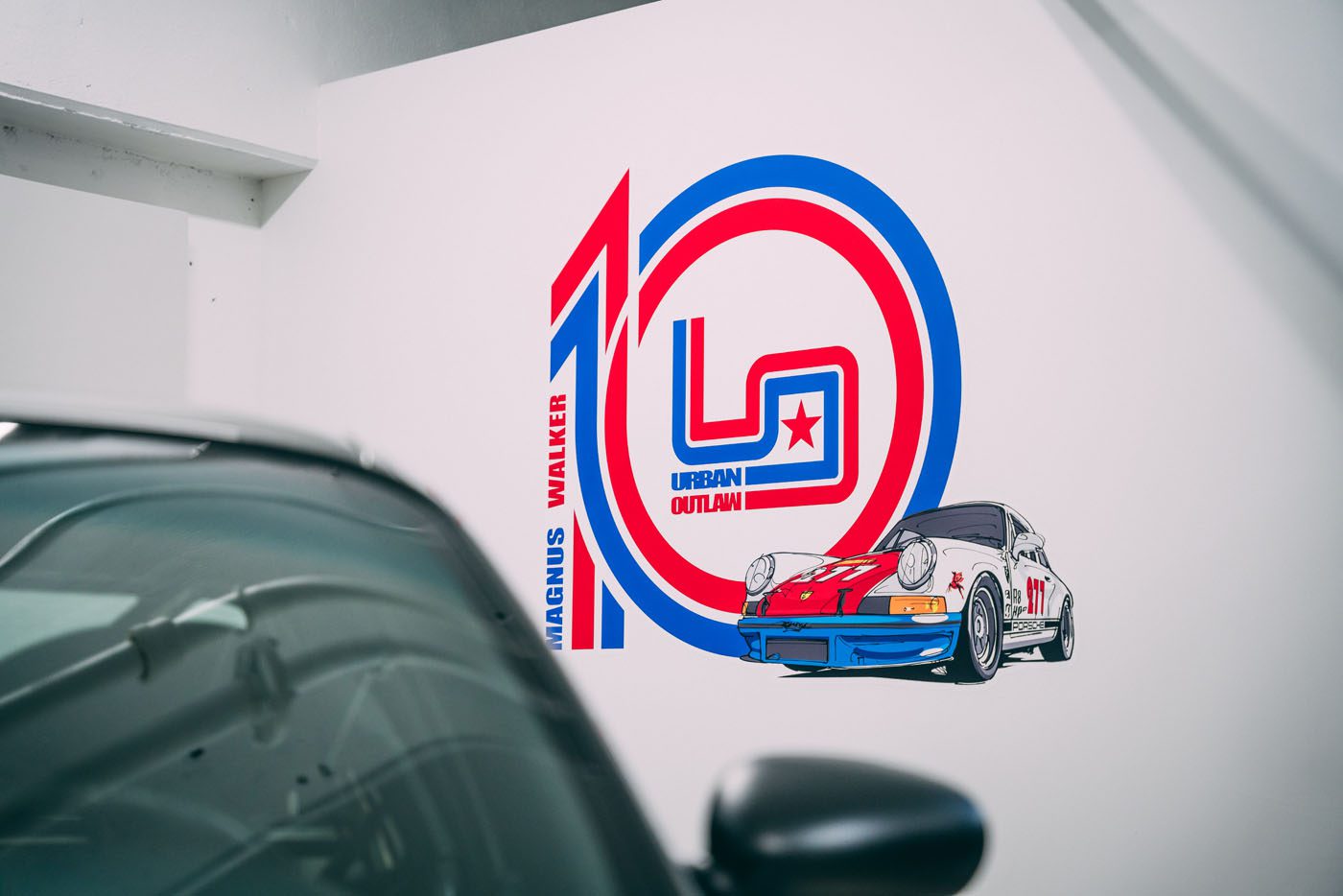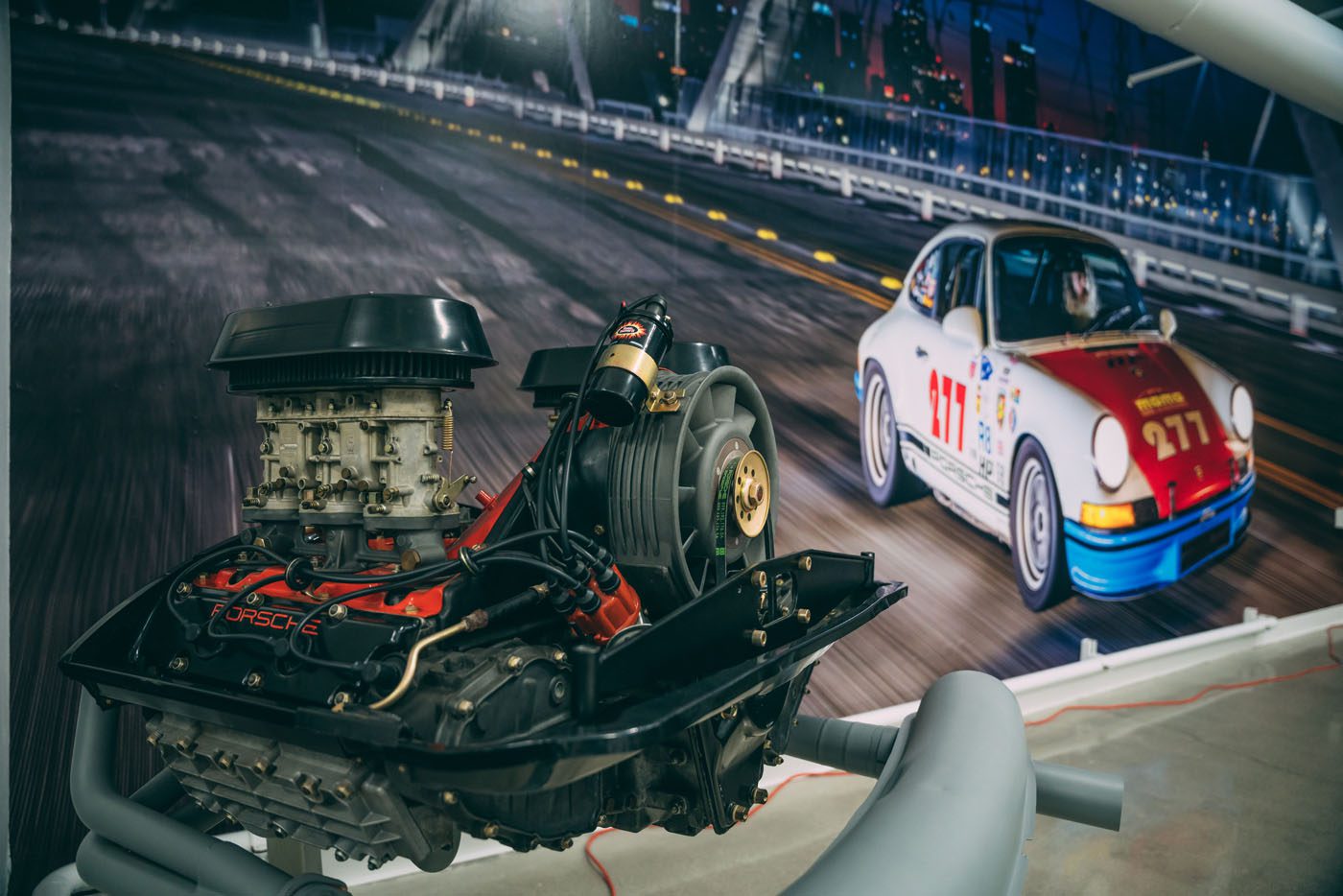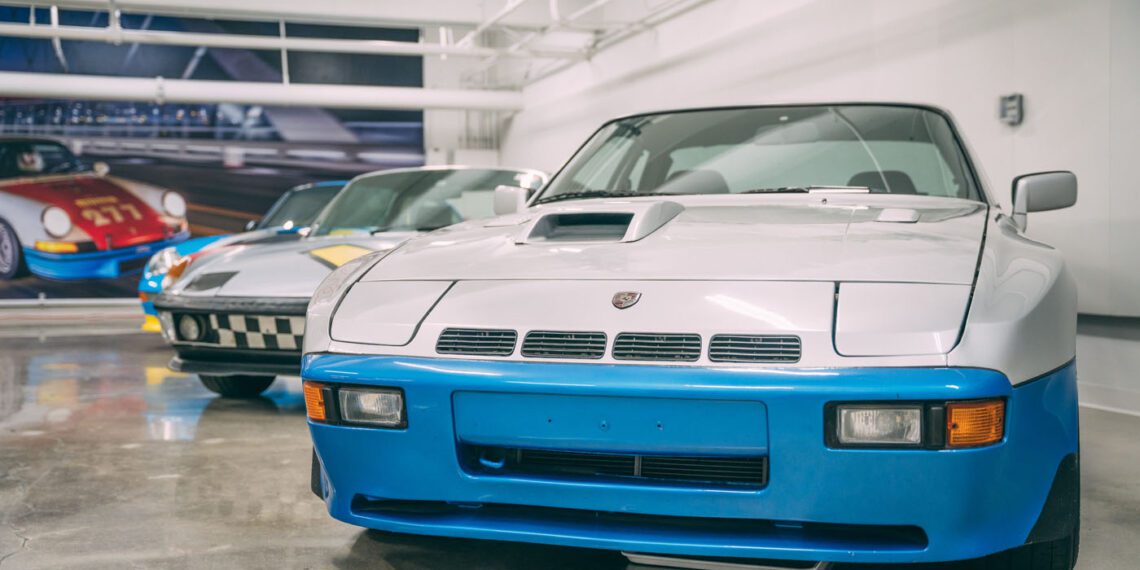Over the last decade, Magnus Walker has become synonymous with the air-cooled Porsche world.
It started with the release of the short film Urban Outlaw in 2012. In it, the viewer gets a glimpse into Walker’s extensive Porsche collection and, more importantly, his mindset. It’s no secret that an air-cooled Porsche’s originality is a core element of its valuation. It is something overly money-conscious owners strive for while often shunning heavily modified cars in the process.
Tuned Porsches were not a new thing at the time. But Urban Outlaw popularized the “Outlaw Porsche,” the type of car that goes against the originality trend, often showcasing its owner’s take on what a Porsche should be. This philosophy has inspired thousands of automotive enthusiasts across the globe, encouraging them to modify their cars to their taste, regardless of what some collectors deem to be “correct.”
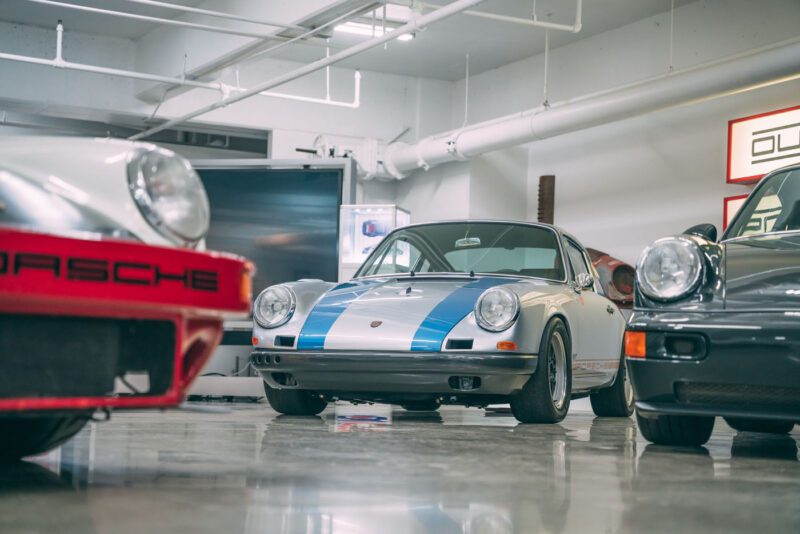
To celebrate the film’s 10th anniversary, the Petersen Automotive Museum in Los Angeles, California, recently installed a new exhibition featuring ten of Walker’s most significant cars. I met with Walker at the Petersen to discuss the last ten years, how he feels about his impact on automotive culture, and his take on electric cars.
A short elevator ride leads me to the museum’s famed vault, which contains around 250 of the world’s rarest vehicles the public has likely never seen. Walker stands in a small exhibition room immediately to the left of the entrance, surrounded by his creations which include:
- 1965 Porsche 911
- 1967 Porsche 911 SRT
- 1971 Porsche 911 T #277
- 1973 Porsche 914
- 1976 Porsche 930 Turbo
- 1978 Porsche 911 SC Hot Rod
- 1980 Porsche 924 Carrera GT
- 1990 Porsche 911 964
- 1995 Porsche 911 993 RS Look
- 2004 Porsche 911 996 GT3
Before our chat formally began, Walker pointed out his many collaborations with major brands such as Nike and Hot Wheels over the last decade. He explained that these products are one of the ways he connects with enthusiasts who share similar passions. Those very enthusiasts supplied most of the art on the exhibition’s walls. To complement them, Walker hung up various car parts taken directly from the walls of his downtown LA garage.
This exhibition feels nothing like the others at the Petersen. It’s not about a specific car or brand. It’s about how one man’s enthusiasm for cars brought together a community of like-minded, passionate people.
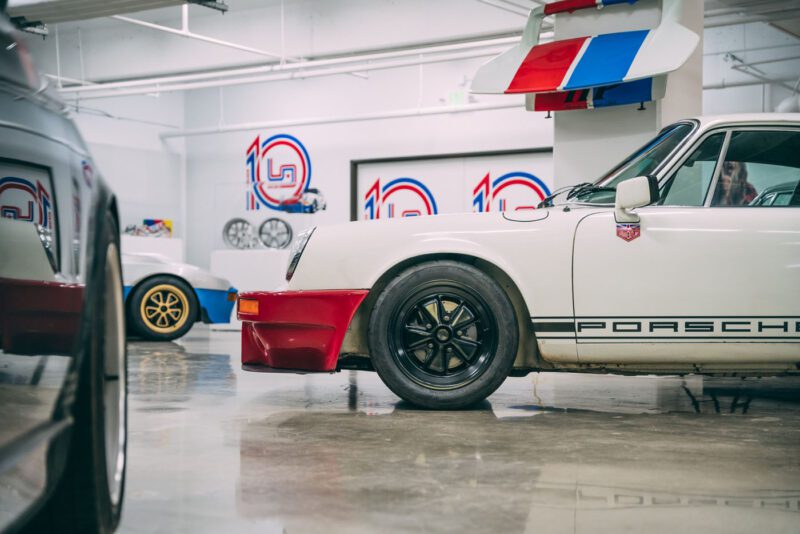
Some responses have been edited for clarity.
“So when it comes to the cars, this is not a Porsche 911 exhibition. It’s a front, mid, and rear engine, air slash water-cooled 911, 924, and 914 exhibition. I will say one of the things I was really proud of was that all ten cars drove here. So on Monday, I had nine of my buddies in a caravan driving from my warehouse in downtown LA to the Petersen. Now a lot of the exhibitions you see here at the Petersen aren’t driven to the exhibition. All 10 of these were driven here. So to me, we made a film about it driving over the Sixth Street Bridge.”
Why Porsche? And how did you go about collecting so many of them?
“I bought my first one 30 years ago when I was 25. That really was a dream come true and gave me a personal sense of achievement. I bought it at the Pomona swap meet for $7,500 bucks. And nothing I’ve ever owned in the Porsche world, not even my 2014 Turbo S, cost me a lot of money. I bought these when they were not trendy and super affordable. They may have doubled and tripled in value now, but 10 or 15 years ago, Porsches were not as cool as they are today.”
“Porsche also made a lot of ’em. I always say the great thing about Porsche compared to Ferrari and Lamborghini is that you see a lot of high-mileage Porsches. They were built to be driven, unlike Ferraris, which weren’t as reliable and were more expensive. So when it came time for me to start my collection, I bought the first one 30 years ago, but the collection probably started 15 or 20 years ago. I was buying what I liked, which became a lot more valuable. But it was never about money. It was just, ‘hey, I like this. I like that.’ And I was picking up three-liter turbos when no one cared about ’em.”
“At the time, everyone wanted a 997 GT3 or whatever it was. So to me I was sort of ahead of what became trending.”
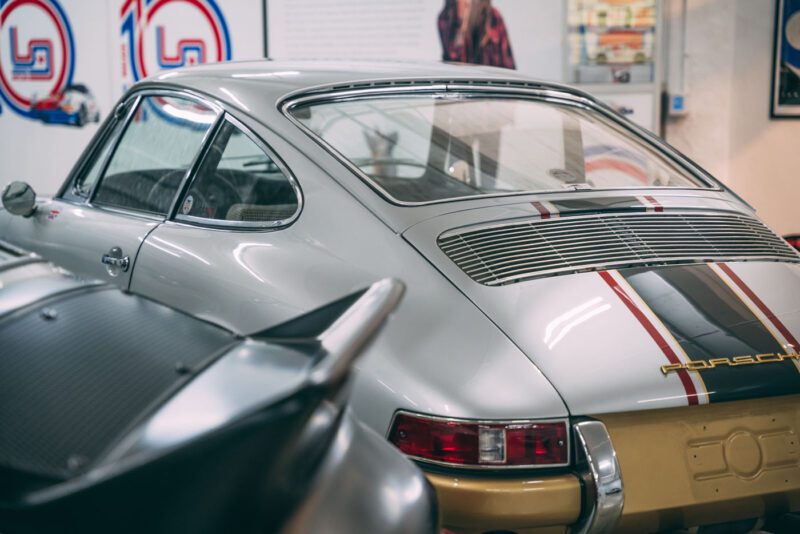
How has your life changed after the release of Urban Outlaw?
“I’ve traveled a lot and made nighttime driving videos in cities all around the world, like, Sydney, London, Tokyo, Miami, and New York. They’re always about nighttime driving. And some of those are not in my cars but other people’s cars. None of that would have happened without the Urban Outlaw film from 10 years ago. And you gotta remember, ten years ago, the automotive environment of content was a little bit different from what it is today. So Urban Outlaw at the time really stood out from a cinematic storytelling point of view.”
Now that you’ve traveled the world, why stay in Los Angeles?
“I’ve lived in LA for 35 years. It’s just, it’s home. It’s cinematic, but at night, it feels like you’re in your own movie, ripping through the tunnels, over the bridges, in and out of downtown. It’s kind of like my meditation. Night drives like that get you in this zone, the rhythm, usually 2:00 AM and 5:00 AM, where there’s no one around. You can rip through the streets. So, you know, we’re kind of spoiled here in LA that we’ve got access to these world-class driving roads, ocean, desert, mountain, and of course, Angeles Crest.”
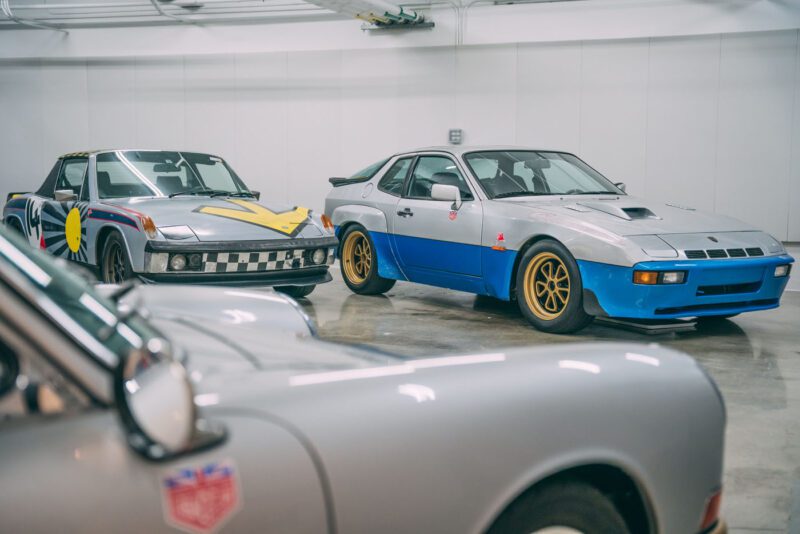
Why do you think Urban Outlaw resonated with enthusiasts as it did?
“This, to me, is a hobby. It’s not a business. I don’t buy and sell cars. It’s an out-of-control hobby. But it’s still a hobby. And I think that’s the relatability for people obsessed with cars. You just pick your poison and your religion. Mine happens to be Porsche. For some people, it’s, you know, Formula D or Fast and Furious or whatever it may be. Everyone’s got their own flavor of cars.”
“I think they realized I have something you can’t put in a bottle and sell. That’s passion. I bought my first Porsche in 1992, so that’s 30, 30 years ago. I’ve owned a lot of them, but I fell in love with ’em when I was 10. That’s 45 years ago. This is not a trend for me.”
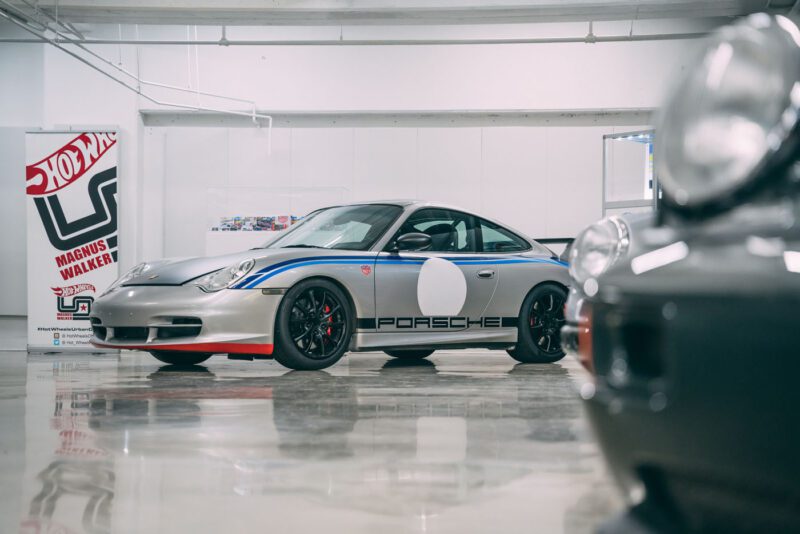
Given the impact you’ve already had on car culture, how do you think you can connect with the next generation of enthusiasts?
“Everyone has a Hot Wheels story, from a two-year-old kid to a hundred-year-old person. I had one in my pocket of 277 that I carried around the world, and it has been to Australia, Japan, etc. This is the connection moving forward, you know, we’re moving into this interesting time, with autonomous driving, people taking Ubers, not owning cars, ride-sharing, or whatever it may be. Car culture needs to survive to move on to the next generation. And as long as you can still get oil and gasoline and there are places like the Petersen, the car culture’s looking pretty good.”
“But in a way, if I’m just turning someone onto cars by giving them a Hot Wheels car that sparks their interest. This is a win. So the collaboration with Hot Wheels is one that I’m really proud of because it’s obtainable. And I’m all about relatability and obtainability. Everyone should be able to experience a little bit of joy with a 99-cent Hot Wheels. So five or six years later, I’m still proud of that relationship.”

Speaking of the future, has any electric car caught your eye?
“I’ve driven many of them, and it always comes down to rage anxiety, and charging. I’m not bothered by the lack of engine noise, truth be told. Cause my pet peeve is usually Mercedes or BMW guys barking around and making lots of noise doing 25 mph. To me, speed no longer translates to you having to have a loud exhaust. And one of the great things about electric cars is cops don’t really hear you coming unless it’s tire squeal and stuff like that.”
“I’m not anti-electric cars, but there’s nothing I really say, ‘Oh, I need this.’ You know, and I’ve driven vintage cars with electric motors in them, and it’s the same thing again. It always comes down to range. But, Never say no. That’s what I say. You know, I call it high-voltage rock and roll.”
Walker’s Urban Outlaw exhibition is currently open to the public at the Petersen Automotive Museum in Los Angeles, California. It’ll remain open through January 31st, 2023.
